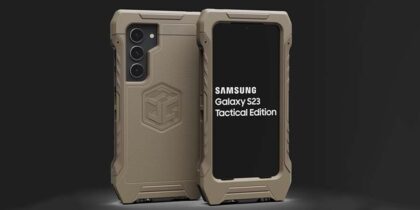If you work for a federal agency or need access to federal facilities and information systems, your common access card (CAC) or Personal Identity Verification (PIV) card is just as important to your workday as your email address or your phone. You need mission-critical access and information, but existing identity authentication and management tools rely on legacy systems that aren’t equipped to prevent today’s security threats.
I spoke with Samsung’s Todd Maxwell, Business Development & Innovation, Federal & Public Safety, at AFCEA West 2018 about how it’s time to evolve the endpoint security and CAC/PIV enhancement solution approach, and Samsung’s vision for thwarting adversaries in today’s ever-changing threat landscape.
“It was great when it first came out, but CAC [was first introduced] in 1999 and 2000. It’s not that it’s bad technology, it’s just antiquated,” said Maxwell. “By adding continuous multi-factor authentication on top of Samsung Knox, we can always prove that it’s you.”
It’s more than just a different, more technology-savvy way to access email or buildings. Samsung’s broader vision is about enabling seamless authentication for personnel so they can securely access mission-critical information. In addition to multi-factor authentication, layering on behavioral biometrics and incorporating Samsung Knox, personnel will also be able to access different facilities through this new technology, instead of relying on the old CAC card.
“It would allow you to badge in with your watch or your phone to get into the building, while it’s authenticating, geo-fencing and turning certain features off on your phone,” Maxwell added.
Watch the video to learn more about how Samsung is enhancing CAC and evolving endpoint security.






